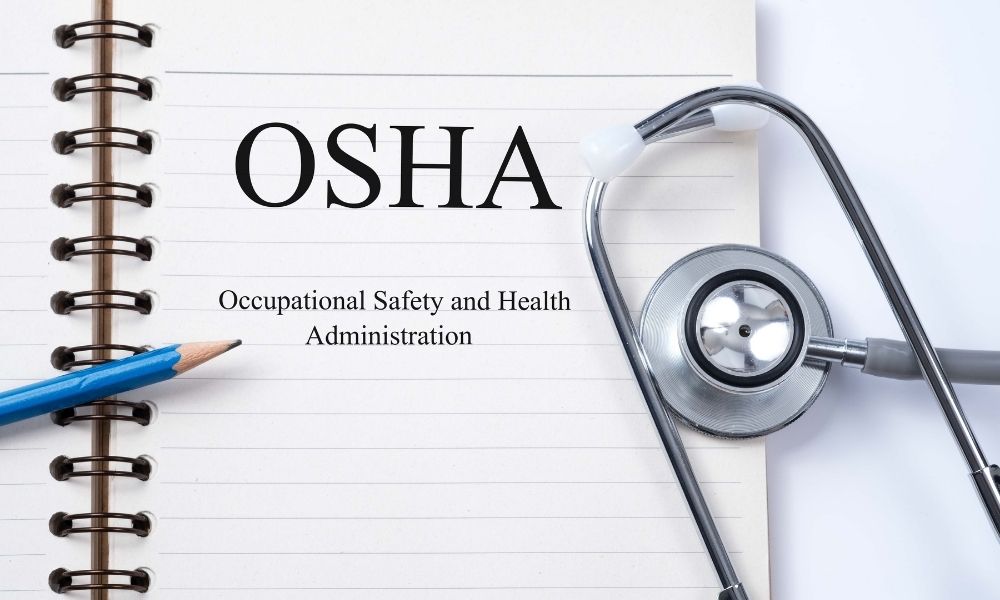
The Occupational Safety and Health Administration (or OSHA) covers many workplaces and categorizes them into ten different divisions, from manufacturing and transportation to mining and services. Each division further categorizes workplaces into various groups. Both dental and medical practices fall under division I (services) and group 80 (health services). Their classification and group assignments dictate their specific OSHA regulations determined by their possible exposures and hazards.
Medical and dental practices face numerous safety and health exposures, including bloodborne diseases, radiation, and instrument dangers. Although OSHA does not require specific standards for dentistry or each type of medical practice, dentists and other medical professionals still face different work atmospheres and health safety situations. Gamma Compliance Solutions offers specialized dental OSHA compliance training and medical compliance training, further preparing each practice with OSHA compliance protocols and specific safety conventions. So, what makes dental and medical OSHA compliance different despite being held toward the same regulations?
Specific Equipment and Sanitization
Sanitization standards may be the same for medical and dental offices, but they differ in how workers clean and store their equipment. OSHA holds medical and dental practices to the same standards for sterilization and equipment hazard rankings. However, the Centers for Disease Control (CDC) and the Food and Drug Administration (FDA) specify specific cleaning conventions and classifications of dental equipment. Most dental equipment tends to be smaller than generic medical supplies. Unlike other medical offices, dental clinics use more specific tools geared toward their practice, like mouth X-rays and scalers.
Different Practice Methods
Like their equipment, dentists are a subset of the main healthcare category. Although dentists and other medical professionals get exposed to similar hazards, how they are exposed and the situations they find themselves in differ. There are various differences between dentists and general doctors, from their office and lab layouts to employee roles. Unlike hospitals, where tasks are divided between more designated roles like an anesthetic professional, surgeon, and nurse, dental offices are mainly divided into hygienists and dentists or dental assistants to conduct various procedures. The practice and workplace variations lead to slightly different health and safety protocols. Additionally, the practitioners of a dental office receive more job-specific scenarios in OSHA training.
First Aid Recommendation
OSHA recommends but does not mandate first aid training. However, it's highly recommended for subset health workers such as dentists versus general medical practitioners. Dentists deal with cosmetic and hygiene-related care instead of life-or-death scenarios, diseases, and surgical procedures. Additional health and safety certifications like first aid response training hold more importance to dental offices and improve workplace safety.
OSHA regulations do not vary between general medical fields and dentists. What makes dental and medical OSHA compliance different is their specific differences like equipment, job roles, schooling, and general practice conventions. To successfully comply and create a safe workplace, they require particular action plans suited to their distinct situations and offices.
